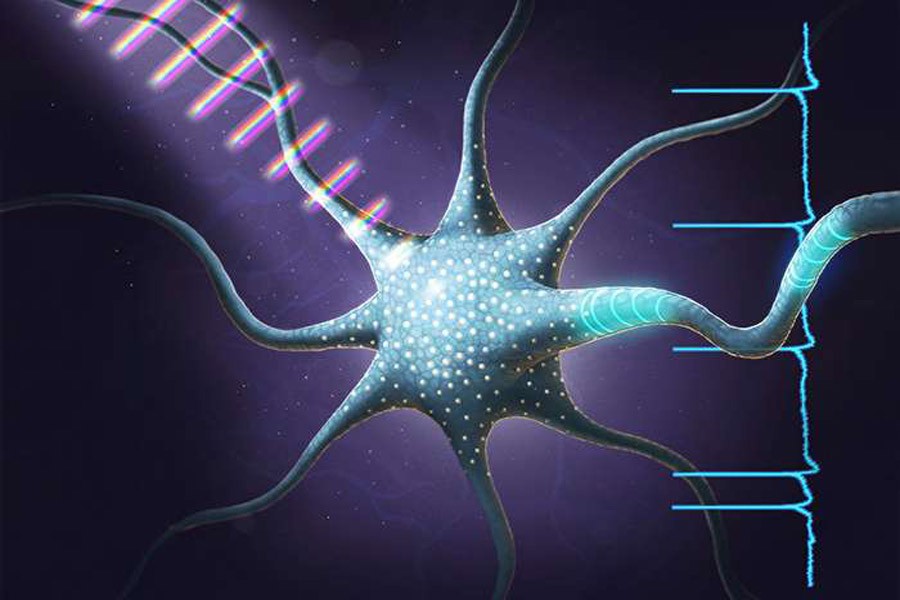Specially tailored, ultrafast pulses of light can trigger neurons to fire and may one day be used to help patients with light-sensitive circadian or mood problems, a study of the University of Illinois (UI) shows.
UI researchers used light to excite a light-sensitive channel in the membrane of optogenetic mouse neurons. When the channels were excited, they allowed ions through, which caused the neurons to fire.
As most biological systems in nature are accustomed to the continuous light from the sun, UI researchers used a flurry of very short light pulses, less than 100 femtoseconds, reports Xinhuanet.
This delivers a lot of energy in a short period of time, exciting the molecules to different energy states. Along with controlling the length of the light pulses, UI researchers controlled the order of wavelengths in each light pulse.
"When you have an ultrashort or ultrafast pulse of light, there are many colors in that pulse. We can control which colours come first and how bright each color will be," said Stephen Boppart, leader of the study as well as a UI professor of electrical and computer engineering and of bioengineering.
"Blue wavelengths are much higher energy than red wavelengths. If we choose which colour comes first, we can control what energy the molecule sees at what time, to drive the excitement higher or back down to the base line," Boppart said.
This is the first time for researchers to use carefully crafted light beams, called coherent control, to control function in a living cell.
Coherent control could give optogenetics studies more flexibility, as changing properties of the light used can give researchers more avenues than having to engineer mice with new genes every time they want a different neuron behavior.
UI researchers are also working to test their coherent control technique with naturally light-responsive cells and processes, say retinal cells and photosynthesis.
The study has been published in the journal Nature Physics.


